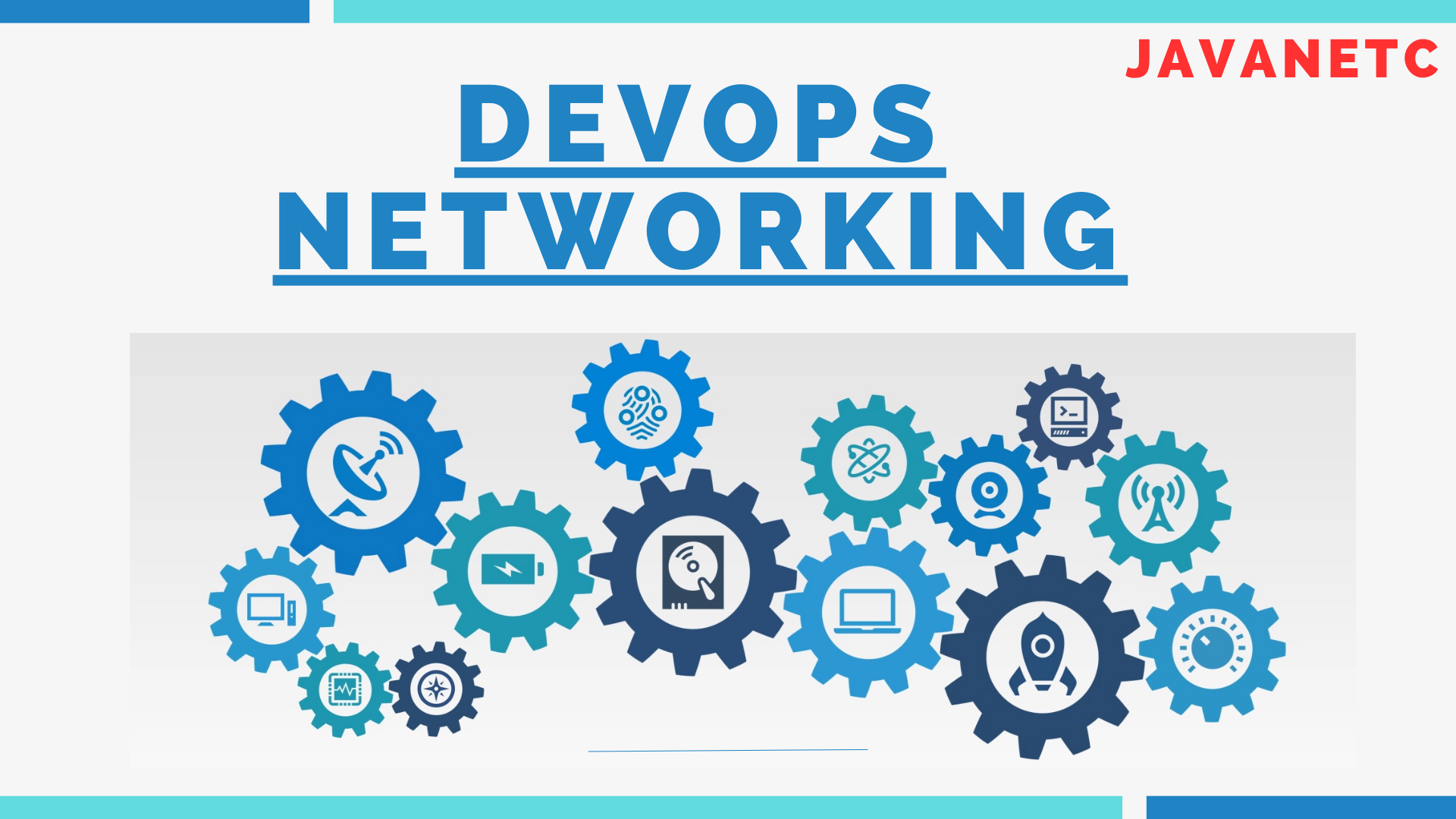Introduction
DevOps networking is a critical component of modern IT infrastructures. It encompasses various essential concepts, protocols, and best practices to ensure efficient communication, security, and performance within and between systems. This comprehensive guide delves into the core aspects of DevOps networking, covering topics such as the OSI model, TCP/IP, IP subnetting and CIDR, routing, DNS, HTTP, network troubleshooting tools, and assembling a toolbox for network management.
Table of DevOps networking
OSI Model
The OSI (Open Systems Interconnection) model is a conceptual framework that describes how data moves through a network. It consists of seven layers, each with specific functions:
- Physical Layer: Handles physical connections and converts data into bits.
- Data Link Layer: Provides error-free data transfer within the same network segment.
- Network Layer: Handles logical addressing and routing between different networks.
- Transport Layer: Ensures reliable end-to-end data delivery.
- Session Layer: Manages sessions between applications on different devices.
- Presentation Layer: Standardizes data format and performs encryption.
- Application Layer: Facilitates user interaction with network applications.
Understanding the OSI model is essential for designing, implementing, and troubleshooting networks in DevOps environments.
TCP/IP
TCP/IP is a widely used communication protocol suite that enables computers to communicate over the internet. It consists of four layers:

- Network Interface Layer: Manages physical connections and hardware addressing.
- Internet Layer: Handles addressing and routing of data packets among devices on distinct networks.
- Transport Layer: Provides end-to-end data transport services, including error detection and flow control.
- Application Layer: Deals with application protocols and processes for internet communication.
TCP/IP differs from the OSI model in terms of layer structure, functionality, and implementation. It is crucial for reliable and efficient data transmission in DevOps networking.
IP Subnetting and CIDR
IP subnetting involves dividing a large network into smaller subnetworks, or subnets, to improve efficiency, security, and performance. CIDR (Classless Inter-Domain Routing) enables flexible subnet management and routing by allowing variable-length subnet masks.
Routing
Routing directs data packets between networks, optimizing traffic flow and load balancing. It involves both static and dynamic routing protocols, such as OSPF, EIGRP, RIP, and BGP.
DNS (Domain Name System)
DNS translates domain names into IP addresses, enabling users to access websites using human-readable names. Domains, zones, and delegation are essential concepts in DNS management, facilitating organization and management of resources on a network.
HTTP (Hypertext Transfer Protocol)
HTTP governs web communication, allowing clients and servers to exchange data. HTTP methods such as GET, POST, PUT, DELETE, and PATCH enable resource interaction, while response codes and headers convey request status and additional information.
Network Troubleshooting Tools
Network troubleshooting tools such as Ping, Traceroute, Netstat, Nslookup, and Nmap help diagnose and resolve network issues promptly, ensuring optimal performance and reliability.
Putting the Toolbox Together
To effectively manage DevOps networking, it’s essential to understand network topology, utilize monitoring tools, implement security measures, configure devices, document the network, and stay updated with industry developments. By combining these elements, DevOps professionals can build and maintain robust, secure, and efficient network infrastructures.
Conclusion
In conclusion, mastering DevOps networking requires a comprehensive understanding of fundamental concepts, protocols, and tools, along with the ability to apply them effectively in real-world scenarios. By leveraging the principles outlined in this guide, DevOps teams can optimize network performance, enhance security, and support the seamless operation of modern IT environments.



